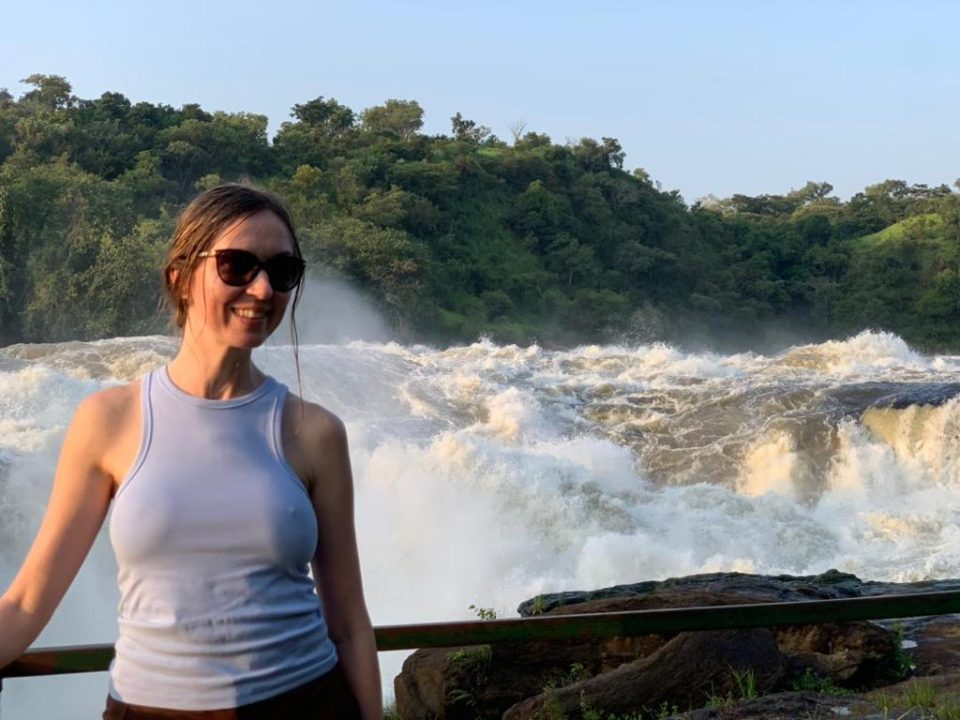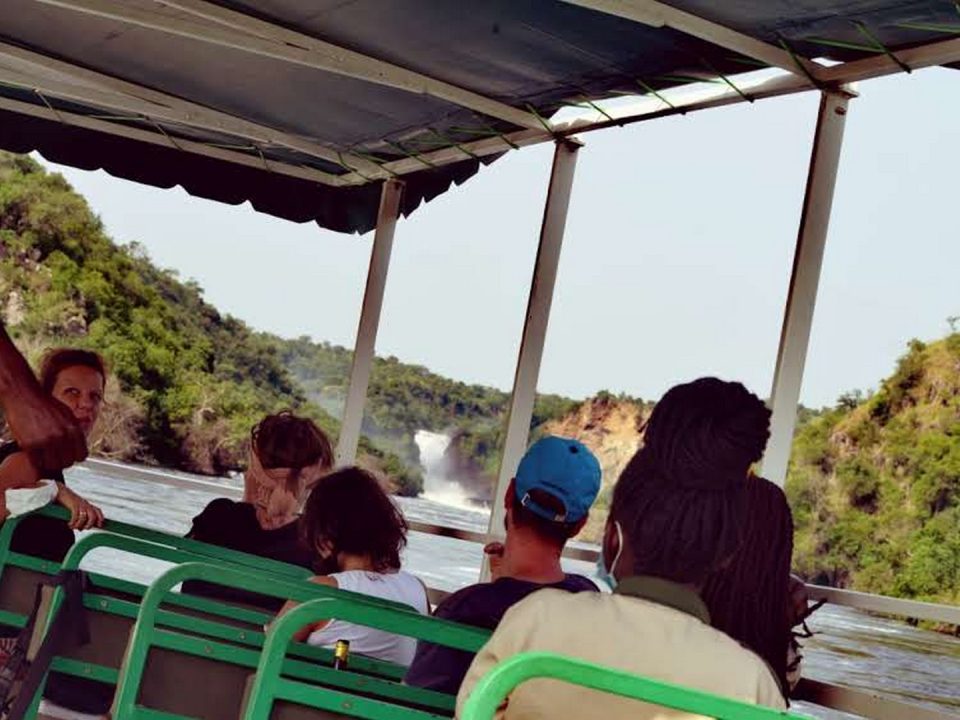
What is the History of Murchison Falls National Park?
March 25, 2025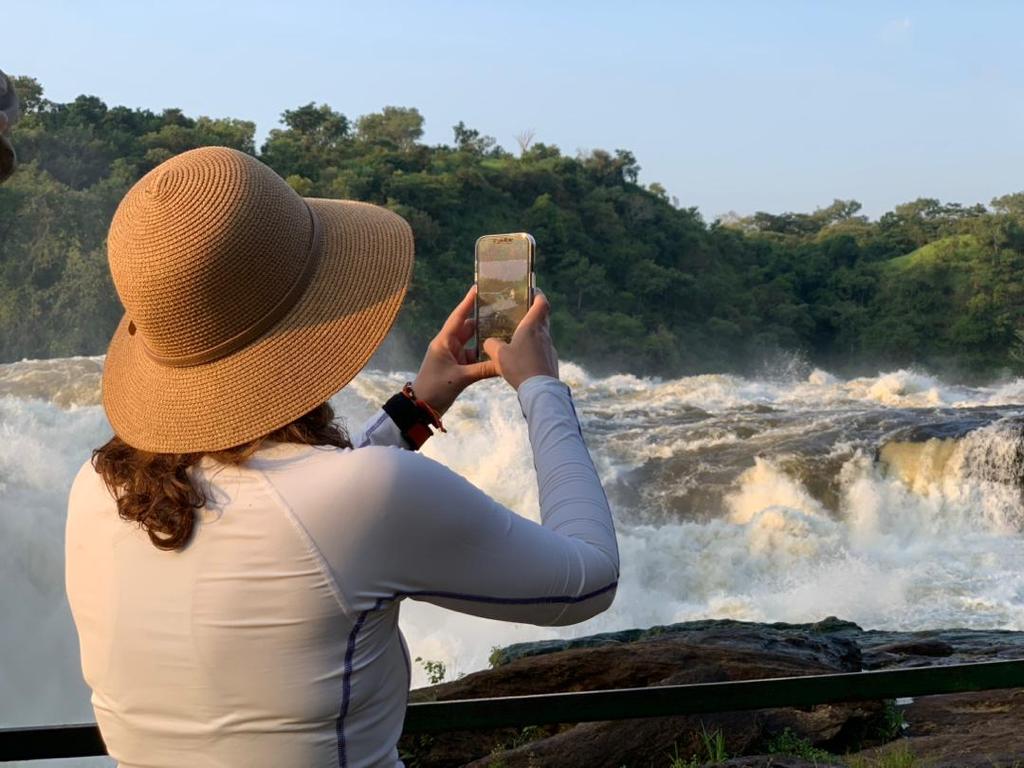
What Are the Main Attractions of Murchison Falls National Park?
March 25, 2025When Was Murchison Falls National Park Established?
When Was Murchison Falls National Park Established? Murchison Falls National Park is one of the most iconic and significant protected areas in Uganda, known for its breathtaking landscapes, exceptional wildlife, and rich history. Established as a national park over a century ago, it has become a key destination for tourists, particularly wildlife enthusiasts and conservationists.
The park not only features the world-renowned Murchison Falls but is also home to a wide variety of animals, birds, and plants that make it one of the most biologically diverse areas in East Africa. The establishment and history of Murchison Falls National Park are deeply intertwined with Uganda’s colonial history, wildlife conservation efforts, and the evolving role of tourism in the country.
Exceptional Uganda Safari holidays to Murchison Falls National Park
- 6 Days Uganda Adventure Tour
- 6 Days Uganda Safari
- 7 Days Uganda Safari
- 7 Days Uganda Tour
- 8 Days Uganda Safari
- 8 Days Uganda Tour
- 9 Days Uganda Safari
- 9 Days Uganda Tour
- 9 Days Uganda Wildlife Tour
- 15 Days Uganda Cycling Tour
- 15 Days Best of Uganda Safari
- 15 Days Ultimate Uganda Safari
- 21 Days Around Uganda Safari
- 21 Days Uganda Safari
- 3 Days Bwindi Gorilla Trekking
- 4 Days Uganda Safari
- 4 Days Gorilla Trekking Safari
- 4 Days Uganda Luxury Safari
- 4 Days Double Gorilla Trekking
- 5 Days Uganda Tour
- 5 Days Uganda Safari
Early Discoveries and the Naming of Murchison Falls
The journey toward the establishment of Murchison Falls National Park began with the discovery of the stunning Murchison Falls. In 1864, the British explorer Sir Samuel Baker made his way through what is now Uganda’s northwest region, following the course of the Nile River. As he explored, he came across the magnificent waterfall, which was later named Murchison Falls in honor of Sir Roderick Murchison, a British geologist and president of the Royal Geographical Society. Baker’s discovery of the falls was a significant moment in the exploration of Africa and the Nile River’s course, which had been a subject of intrigue for centuries.
Murchison Falls is an extraordinary natural wonder where the mighty Nile River is forced through a narrow gorge before plummeting 43 meters down with incredible force, creating a breathtaking spectacle. This dramatic natural feature became the centerpiece of the area, attracting explorers, naturalists, and photographers. The falls would later play a critical role in the establishment of the national park that would bear its name.
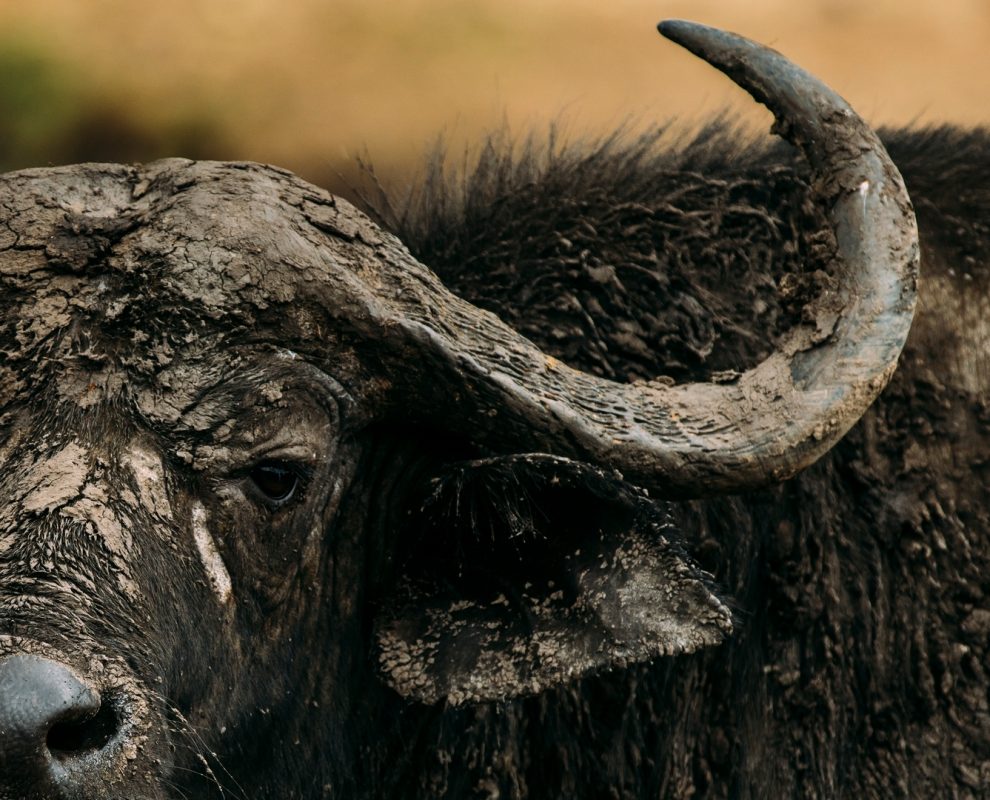
When Was Murchison Falls National Park Established?
Colonial Roots: The Creation of the Game Reserve
In 1926, during the British colonial rule in Uganda, the area surrounding Murchison Falls was formally gazetted as a game reserve, becoming one of the earliest efforts in Uganda to protect wildlife and natural landscapes for future generations. The decision to establish the game reserve was based on the recognition that the region was home to a variety of wild animals, including elephants, giraffes, buffalo, and lions, and that these species required protection from poaching and habitat destruction. The reserve also encompassed the area around the falls, which became a symbol of the nation’s natural heritage.
The creation of the game reserve was part of a broader initiative by the British colonial government to protect East Africa’s vast and diverse wildlife. The reserve’s establishment marked the beginning of Murchison Falls’ role in Uganda’s conservation history and set the stage for the eventual designation of the area as a national park. It was not only a key step in the preservation of biodiversity but also laid the groundwork for future tourism development in the region.
From Game Reserve to National Park: The Establishment of Murchison Falls National Park
In 1952, after several years of being a game reserve, the area surrounding Murchison Falls was officially designated as Murchison Falls National Park. This move was part of a larger trend during the mid-20th century to formalize the protection of wildlife and natural areas in Uganda. The decision to elevate the status of the game reserve to a national park was an acknowledgment of the increasing recognition of the area’s value not just as a wildlife sanctuary but as a key part of Uganda’s national identity.
The park was officially gazetted as Uganda’s first national park, cementing its status as a protected area of national and international significance. The establishment of Murchison Falls National Park represented a major step forward for Uganda’s environmental conservation policies and laid the foundation for further park designations and protected areas in the years to come.
Murchison Falls was the first of many national parks that would be created to protect the country’s rich biodiversity, and it set a precedent for future conservation efforts in Uganda. As the park gained official status, efforts to manage and protect its resources were put into place, marking the beginning of a new chapter in the region’s conservation history.
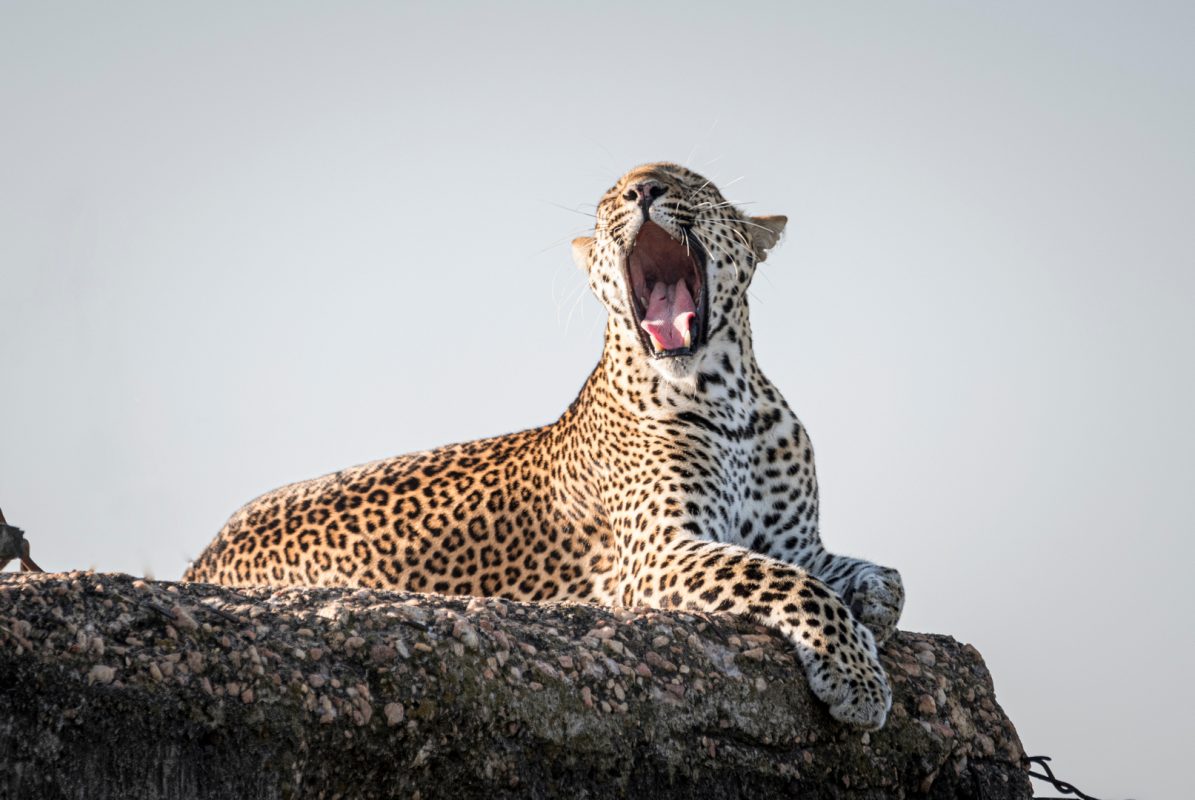
When Was Murchison Falls National Park Established?
Challenges and Setbacks in the 1970s and 1980s
The history of Murchison Falls National Park was not without its challenges. The years following Uganda’s independence in 1962 saw political instability and turmoil, especially during the rule of Idi Amin in the 1970s. During this period, many national parks and protected areas in Uganda suffered from neglect, poaching, and deforestation. The country’s political upheaval led to a lack of effective management and protection of wildlife, and Murchison Falls was not immune to these challenges.
Poaching, illegal hunting, and encroachment on park lands contributed to the decline of wildlife populations in Murchison Falls National Park. The elephant populations, which had once flourished in the park, were particularly affected, and other species faced similar threats. During this period, many of the park’s iconic species were at risk of extinction. The situation worsened until Uganda underwent a period of stabilization in the 1980s, following the overthrow of Idi Amin.
Restoration and Conservation Efforts
The restoration of Murchison Falls National Park began in earnest during the late 1980s and early 1990s, following the establishment of the Uganda Wildlife Authority (UWA) in 1996. The UWA was tasked with managing national parks, game reserves, and protected areas, and it played a critical role in spearheading conservation initiatives throughout Uganda. Efforts were focused on anti-poaching measures, habitat restoration, and sustainable tourism practices, all of which helped to bring Murchison Falls back to its former glory.
The restoration of the park’s wildlife populations was slow but steady. Elephants, giraffes, lions, and buffalo gradually returned to the park, and with them came the revival of the region’s tourism industry. The park’s wildlife and natural beauty made it an increasingly popular destination for eco-tourism, attracting visitors from around the world who were eager to experience its stunning landscapes and remarkable biodiversity.
A Modern-Day Conservation Success
Today, Murchison Falls National Park is one of Uganda’s most popular and well-managed national parks. With a focus on conservation, sustainable tourism, and community engagement, the park has become a model for wildlife protection in East Africa. The diverse landscapes within the park, including savannahs, woodlands, wetlands, and forests, provide habitat for over 76 mammal species, 451 bird species, and a wide variety of reptiles, amphibians, and insects. The park is also home to the iconic Murchison Falls, a dramatic waterfall that continues to be one of the park’s main attractions.
The Uganda Wildlife Authority continues to work closely with local communities and international conservation organizations to ensure that the park remains a safe haven for wildlife. One of the major success stories in recent years has been the return of the chimpanzee population to the Kaniyo Pabidi section of the park, where visitors can now experience guided chimpanzee trekking safaris. The park has also benefited from the growing eco-tourism industry, with many tourists visiting Uganda specifically to explore Murchison Falls and its surrounding wildlife.
Murchison Falls and Gorilla Trekking in Bwindi Impenetrable Forest
While Murchison Falls is renowned for its remarkable wildlife, it is just one of Uganda’s most significant conservation areas. Uganda is also famous for its gorilla trekking experience, which takes place in the nearby Bwindi Impenetrable Forest. Located in southwestern Uganda, Bwindi is home to over half of the world’s remaining mountain gorillas. Visitors can travel from Murchison Falls to Bwindi for a once-in-a-lifetime experience trekking through dense forests to encounter these magnificent creatures.
A gorilla trekking adventure in Bwindi is a thrilling and unforgettable experience that complements a safari in Murchison Falls. Combining these two unique wildlife encounters—one focused on Africa’s Big Four and the other on the endangered mountain gorillas—creates an exceptional safari experience in Uganda.

When Was Murchison Falls National Park Established?
Conclusion
Murchison Falls National Park holds an important place in Uganda’s history, not just for its geological wonders and wildlife but also for the role it has played in the country’s conservation efforts. Established in 1952, the park has gone through numerous challenges and transformations, from its early days as a game reserve to its establishment as a national park and eventual recovery after years of political instability. Today, Murchison Falls is a thriving and successful conservation area that draws visitors from around the world who come to experience its natural beauty and wildlife.
For those interested in exploring Uganda’s most iconic wildlife destinations, Murchison Falls National Park offers an experience that showcases the country’s stunning landscapes, rich biodiversity, and commitment to preserving its natural heritage. Through the guidance of Deks Safaris and Tours Ltd, visitors can enjoy expertly planned safaris and gorilla trekking excursions, creating unforgettable memories of Uganda’s natural wonders.


